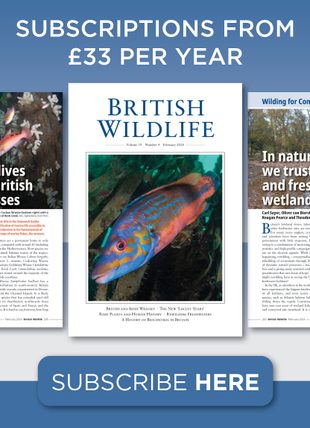By: Frank K McKinney(Author), Jeremy BC Jackson(Author)
238 pages, b/w plates, illustrations, tables
![Bryozoan Evolution Bryozoan Evolution]()
Click to have a closer look
About this book
Contents
Customer reviews
Related titles
About this book
The authors argue that the growth pattern and form of the colony in many bryozoans is an adaptive strategy rather than a stable genetic character.
Contents
List of tables
Preface
1. Bryozoans as modular machines
1.1. Modular construction
1.2. Integration of modules
1.3. Major taxa of marine Bryozoa
2. Species relationships and evolution
2.1. Morphological characterization of species
2.2. Is morphology adequate?
2.3. Inferred species evolution and lineages
2.4. Untested phylogenies
3. Growth and form
3.1. Encrusting growth
3.2. Erect growth
3.3. Free-living growth
3.4. Rooted growth
4. Growth forms as adaptive strategies
4.1. Frequencies of growth forms among major taxa
4.2. Growth form model
4.3. Zooidal characteristics and colony form
4.4. Environmental distributions
4.5. Growth forms in the fossil record
4.6. Growth forms as adaptive strategies
5. Bryozoan life histories
5.1. Reproductive ecology
5.2. Six case studies
5.3. Life history patterns
5.4. Size and age
5.5. Dispersal
5.6. Heterogeneity within colonies
6. Feeding: a major sculptor of bryozoan form
6.1. Form
6.2. Feeding structures
6.3. Feeding currents and behavior
6.4. Feeding and colony form
7. Encrusting growth: the importance of biological interactions
7.1. Short-lived or unstable substrata
7.2. Substrata of intermediate longevity and stability
7.3. Long-lived, stable substrata
7.4. Settlement panels
7.5. Characteristics of abundant encrusting bryozoans on stable substrata
7.6. Paleoecology of encrusting bryozoans
8. Erect growth: problems of breakage and flow
8.1. Effects of erect growth
8.2. Flexible erect growth
8.3. Rigidly erect growth
9. Life on and in sediments: problems of substratum stability
9.1. Free-living bryozoans
9.2. Rooted bryozoans
9.3. Interstitial bryozoans
9.4. Major evolutionary trends
10. Trends in bryozoan evolution
10.1. Trends in the design, distribution, and relative frequency of growth forms
10.2. Interpretation of trends
References
Index
Customer Reviews
By: Frank K McKinney(Author), Jeremy BC Jackson(Author)
238 pages, b/w plates, illustrations, tables
"Bryozoan Evolution is profusely illustrated and has a bibliography of over 400 titles. It will find an appreciative audience of paleontologists, invertebrate zoologists, and ecologists thanks to its innovative and detailed evaluations of the roles of ecology, adaptive and functional morphology, life histories, biomechanics, developmental constraints, and chance on the evolution of the marine taxa of this speciose group."
– Russel L. Zimmer, Science
"This book is an excellent source of information on the functional morphology and variety of colonial architecture in bryozoans, very well illustrated, and worth reading at least twice."
– Robert L. Anstey, Paleobiology
"Even as one of the converted, I found the book a stimulating combination of paleobiology and ecology. In many ways it is a 'teaser'-the authors suggest a number of interesting hypotheses, and can test only some of them. Perhaps most important, McKinney and Jackson provide a plethora of fascinating ideas and examples that demonstrate the potential of this group of animals, and that should stimulate more work."
– Michael S. Keough, TREE
"This stimulating book is sure to promote further interest in bryozoans. It will appeal to biologists and paleontologists alike."
– Paul Taylor, Times Higher Education Supplement














![Guide des Tuniciers de l'Europe de l'Ouest: Atlantique & Méditerranée [Guide to Western European Tunicates: Atlantic and Mediterranean]](http://mediacdn.nhbs.com/jackets/jackets_resizer_medium/26/263079.jpg?height=150&width=104)




















